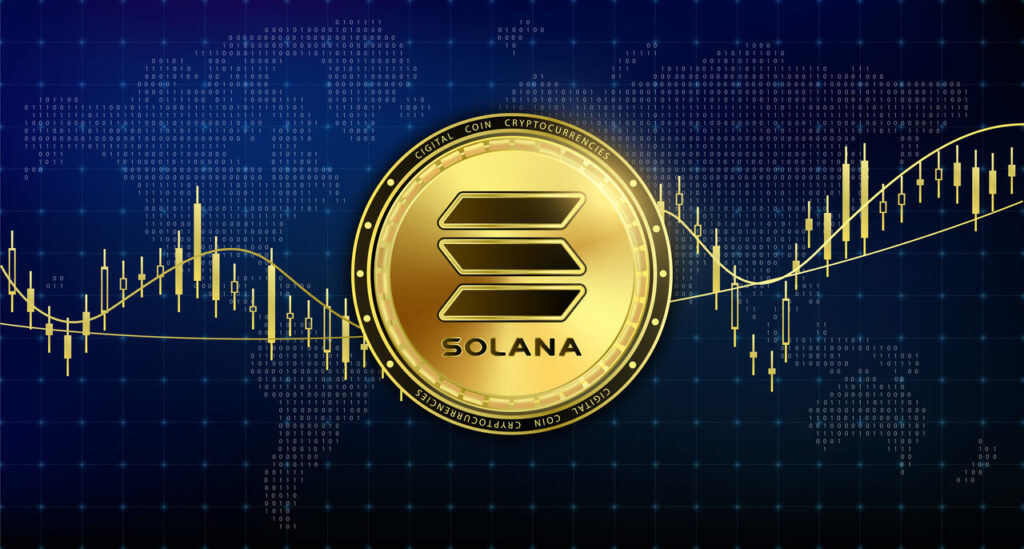
The price of the SOL token is recovering as the market continues its correction. But why is this happening?
On January 17th, Solana encountered strong resistance at the $102 level, leading to a 23% correction to a five-week low of $78.60. However, the tide turned as the SOL price rebounded by 10% in less than 24 hours, temporarily halting the bearish price action. Traders are now questioning whether the revival was supported by solid fundamentals and if SOL can move back above the $90 level.
Part of this movement can be attributed to the recently launched “token extensions” on the Solana network, allowing for so-called stealth transfers to conceal balances, transfer hooks for controlled access, and the ability to charge fees at the protocol level. These updates were included in version 1.17 of Solana Labs’ validator client announced on January 19th. The plug-and-play features are designed for enterprise applications and resources suitable for regulators.
Optimism is also fueled by Firedancer, a promising new third-party validator client currently in development. Developed by Jump Crypto, this solution aims to increase Solana’s processing capabilities to millions of transactions per second and provide support for parallel processing (sharding).
Other Articles
Solana has maintained its performance throughout 2023, while some competitors, including Ethereum, grappled with disruptions due to the growth of the blockchain space.
The first wave of successful Solana SPL token airdrops that arrived on centralized exchanges included the Jito JTO staking solution and the BONK memecoin in December 2023. This movement sparked demand for SOL tokens. Some airdrops were confirmed, while others were merely speculative.
A quick search on social media for mentions of Solana airdrops reveals intense interest from some investors in this phenomenon. Although it’s impossible to predict how many of these speculations will come to fruition, the speculation itself is driving increased demand for SOL and boosting activity on the Solana network.
Solana DApp metrics suggest a resurgence in SOL prices The main metric for Solana’s decentralized applications (DApps) demonstrated strength in January, with the total value locked (TVL) in the network reaching 15.3 million SOL. The volume locked in its smart contracts is approaching a three-month high, despite SOL’s price dropping by 28% in the last 30 days.
Solana’s network has experienced significant growth in activity and transaction volume. However, it still lags behind competitors like Ethereum and BNB Smart Chain in terms of absolute numbers.
Note that Solana recorded a 6% increase in transactions and a 12% increase in active DApp users in the last seven days. In contrast, the Ethereum network remained relatively stable during this period, while BNB Chain and Polygon experienced volume declines of 31% and 19%, respectively.
Among the highlights of DApps on the Solana network are Jupiter Exchange, with 387,780 active addresses in seven days, followed by Raydium with 190,650 users. For comparison, PancakeSwap, the leading decentralized finance application on BNB Smart Chain, gathered 263,010 active addresses in the same period, while Uniswap on Ethereum reached 64,890.
Conclusion
It’s challenging to determine whether the recent price increase of SOL to $80 solely reflects increased demand from airdrops and newly launched token extensions, meaning the momentum could fizzle out after the initial hype. Nevertheless, the solid demand evident in Solana’s DApp activity provides some confidence that a move above $90 is possible.







